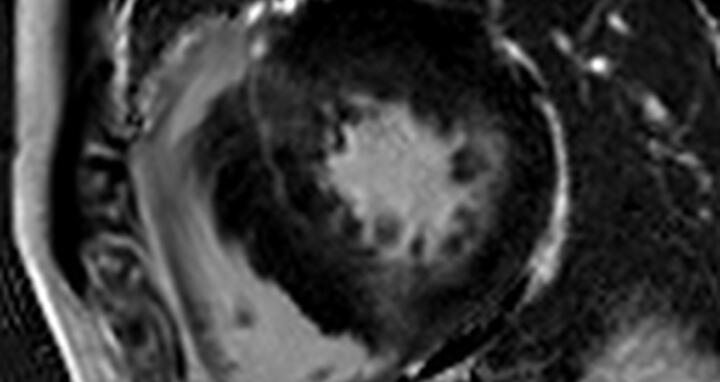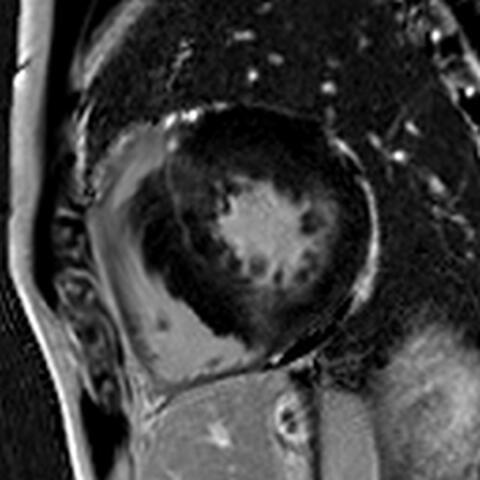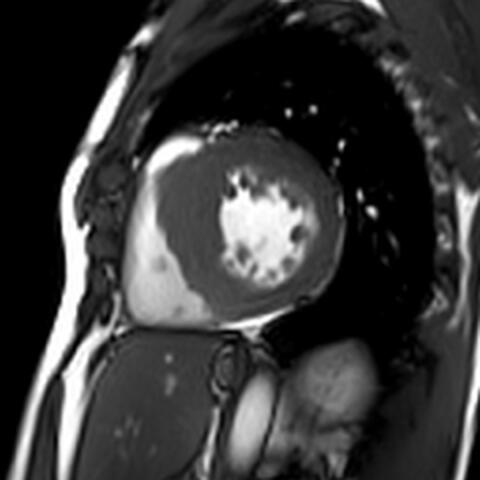Sudden cardiac death: large study to improve risk assessment
Sudden cardiac death is swift and, in most cases, completely unexpected. It begins with severe cardiac arrhythmias, leading to cardiac arrest within just a few minutes. In principal, any condition that triggers cardiac arrhythmias can be a cause of sudden cardiac death – for example coronary heart disease, which mostly affects the middle-aged population. The risk is also greater for people with hypertrophic cardiomyopathy (HCM) – an inherited condition that causes the muscle of the heart’s left ventricle to thicken. “The heart muscle of patients with HCM can be over four or five times thicker than normal, and the muscles can be altered by scarring, or fibrotic tissue,” explains Prof. Jeanette Schulz-Menger, head of the Outpatient Clinic for Cardiology at the ECRC and leader of the Cardiovascular MR working group, set up in cooperation with HELIOS Klinikum Berlin-Buch. “This can lead to the development of cardiac arrhythmias and increase the risk of sudden cardiac arrest.”
Within the heart’s wall, fibrotic tissue can be seen (light regions in the dark ring).
HCM is one of the most common causes of sudden cardiac death in young people. The disease is not all that rare: one in 500 people are genetically predisposed to HCM. Only around two to three percent of those affected will actually suffer sudden cardiac death, but the risk remains. “Unfortunately, it is still extremely difficult to assess the level of risk,” says Prof. Schulz-Menger. “The thickness of the heart muscle is not the only measure of the potential threat – HCM patients who show no visible thickening of the heart muscle are also at risk. This is because genetic make-up and other factors that are still unknown are also involved.”
The dark ring, thicker on its upper left side, is the enlarged heart’s wall. Picture: S. Fritschi/ECRC
A large-scale international study of 2,750 HCM patients has now been launched that should help scientists determine what these factors are and exactly how they interact. The study will search for significant risk factors with the help of genetic tests, blood tests and modern imaging techniques such as magnetic resonance imaging (MRI). A total of 42 research locations in the U.S., the United Kingdom, Canada and Europe are participating in the study. Prof. Schulz-Menger and her team are coordinating the clinical trials of the participating German research facilities with MRI expertise. The so-called HCMR Study (HCMR – new prognostic markers for hypertrophic cardiomyopathy) is funded by the National Institutes of Health (NIH). “This is the largest and most important study on hypertrophic cardiomyopathy carried out to date, and should considerably improve the treatment and prognosis of HCM patients,” says Prof. Schulz-Menger. “Using a combination of very different methods, our goal is to identify those patients with a high risk of sudden cardiac death so that we can offer them better advice and medical care in the future – thus minimizing the individual risk of sudden cardiac death.”
Participants still required for the study
People aged 18 to 65 who have confirmed or suspected hypertrophic cardiomyopathy (HCM) can apply up to April 2016 to participate in the study. For more information on participation and relevant contact persons, visit: Hochschulambulanzen Charité Buch
Author: Nicole Silbermann for MDC







